Home » Chicken Breeds
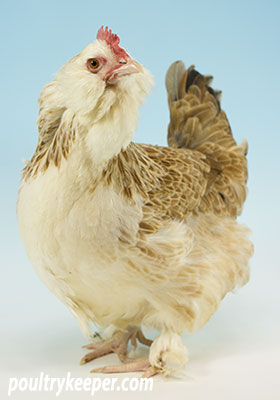
The British Poultry Standards recognise 93 pure chicken breeds, classified by size, feathering, origin, and rarity. You will find all of these below in our A-Z of chicken breeds.
The ancestor of our domesticated breeds is the Red Junglefowl. Thanks to poultry fanciers and small scale farmers, it appears in many stunning disguises today.
Cockfighting got outlawed in 1849, and the breeders of game birds turned to exhibit their birds in competitions held in pubs up and down the country. Relatively large prize money added to the competitiveness of the breeders.
The first poultry standard appeared in 1865, which only contained a few breeds but maintained uniformity. It was later that year that the first significant poultry show was held at London Zoo. As exhibiting became more popular, many breeds were imported from abroad and standardised at the turn of the century.
Meanwhile, farmers used Rhode Island Reds, Light Sussex, White Wyandottes, and White Leghorn breeds for egg production and Indian Game crossed with Light Sussex for meat.
Our chicken breeds of today have a rich history, and I have tried to capture this in the breed profile pages, where you will also find several photos.
I included Hybrid chickens, mostly sold for egg-laying and aren’t pure-bred chickens but are popular with newcomers who come here to look at chicken breed photos.
Click on the breed below to go to the breed page.
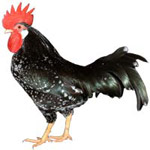


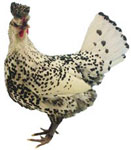

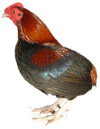
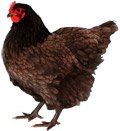

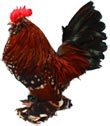
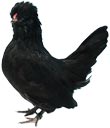
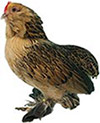



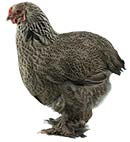



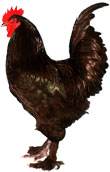


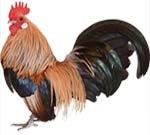

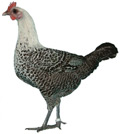
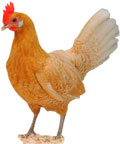
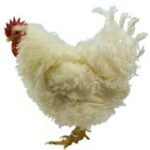
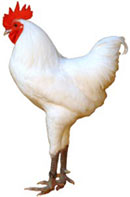
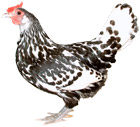
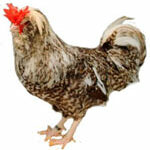
The British Poultry Standards classify pure breed chickens as:
As well as Large Fowl and Bantam sizes, there is also a distinction made with Hard Feather and Soft Feather breeds. Generally, hard feather breeds are Game varieties, who historically were cockfighting birds. These have a tighter feathering than the soft feather chicken breeds, which are more fluffy.
The Poultry Club of Great Britain classifies Rare Breeds as those without their own breed club or society. The Rare Poultry Society takes care of these breeds.
There are two sizes of fowl that exist: Large and Bantam. A bantam is a miniature version of the large fowl. Not all breeds have a bantam version and vice-versa (check individual breed pages to see if a bantam size is available). A few bantam chicken breeds also exist that aren’t yet standardised.
A True Bantam is a breed of chicken that is only available in bantam size. It has no large counterpart. The following breeds are classified as True Bantams:
Utility or Dual Purpose chicken breeds are capable of providing both eggs and meat for the table. They were economically viable for self-sufficiency and small scale poultry producers who would maintain one flock for breeding replacements. Typically hens would be kept for egg production and surplus males were fattened for the table.
During the 1950’s, hybrid chickens were created. These were more productive and better suited to intensive management. Utilility breeds are now mostly kept by smallholders and few strains within the traditional dual purpose breeds still have their original utility qualities.
These days, almost all commercial hens are hybrids. A hybrid is a result of crossing two or more breeds or strains within a breed. Hybrids tend to be more vigorous and productive for egg-laying than their parents. They are a good choice for beginners.
Also, see:
Purebred chickens (also called straightbreds in the U.S.) will breed true. Their offspring will grow up to look like their parents. Hybrid hens are the result of different matings between different breeds (or specialised strains within a breed) so cannot be reproduced without going back to the crossing of the original parent stock.
Autosexing is when purebred day-old chicks can be sexed by their different appearances (such as down colour) when they have hatched. This is a characteristic that is highly desirable so that we can raise only female chicks. There are several breeds that will autosex; the Cream Legbar is an example. The offspring will breed true and remain autosexing.
Read More: Autosexing Poultry
A pure breed should breed true, the parent birds producing offspring that look the same. Standardised pure breeds have been accepted into the poultry standards after many years of breeding true.
Within a breed, there are often different colour varieties. Different bloodlines kept by other breeders are called strains and can have slightly different characteristics from the breeder’s selection in the breeding pen.
There are currently 4 Standards for Poultry which are the official reference standards used by judges at poultry shows and by fanciers to understand how a breed should look.
It was after cock fighting was outlawed in England in 1849 that fanciers turned to showing their birds. The British Poultry Standard was the first standard, written in 1865 for just a handful of breeds so that uniformity could be maintained.
If you have neighbours in close proximity, as well as not keeping a male bird it is a good idea to avoid a chicken breed that is known to be noisy such as:
If you are trying to keep chickens in or out of an area such as a garden or neighbouring property then it is wise to avoid breeds that are able to fly well such as:
If you want to hatch chicks under a hen, you will need a hen to go broody. Some hens go broody more easily than others. When a hen goes broody, she stops laying, so prolific egg-producing breeds such as hybrid hens rarely go broody. In general, heavy hens tend to make good broodies that can cover a large number of eggs, but it can vary; some are certainly more successful than others, with some breaking eggs or knocking eggs out of the nest.
Silkies and Asil (Aseel) are well known to go broody easily. Generally speaking, hens that are good for egg-laying do not go broody as easily.
Also, see:


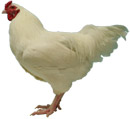
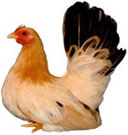
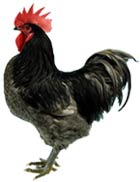
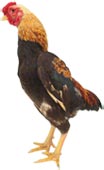



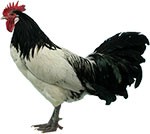
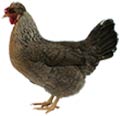
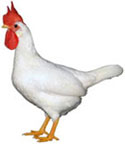







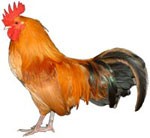
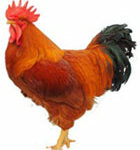




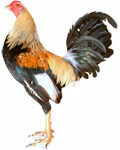


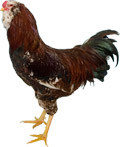



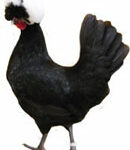

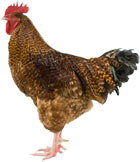
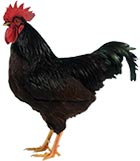

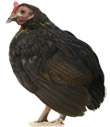
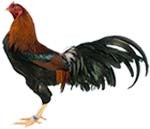







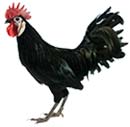


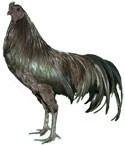

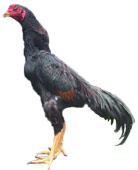
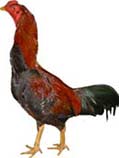
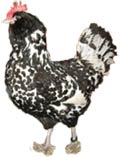


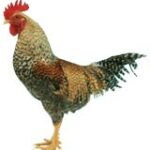


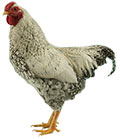


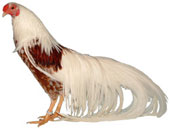
This page has been a huge project and I am very grateful to the Poultry Club of Great Britain for allowing me to photograph so many breeds at their shows and to members of the Rare Poultry Society who have also been so helpful to help capture some of the more elusive breeds.
Rupert Stephenson deserves a special mention. He has spent many years visiting shows to capture many chicken breeds photographs with and without me. This has helped me enormously to create these pages.